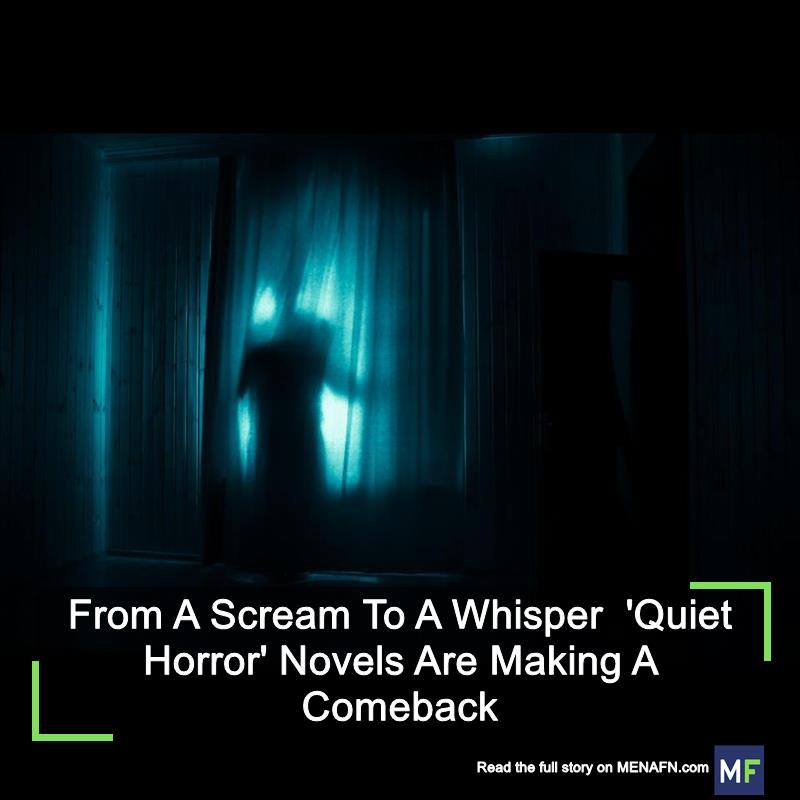( MENAFN - The Conversation) Ever since its inception with Horace Walpole's novel The Castle of Otranto (1764), a delirious mixture of violent death and familial conspiracy, gothic literature has been a restless cultural form, constantly mutating and assuming new guises but always exploring the darker side of life. Sometimes, its fashions are those of the historical moment. Sometimes they are initiated by a book enjoying unprecedented commercial success.
One of these was Thomas Harris's The Silence of the Lambs (1988). After the film adaptation scooped five Oscars in 1991 , the deviant genius became the villain of choice for gothic films and novels. For a time, the violent merging of the crime thriller with the“body horror” of 1980s cinema ensured that the genre was dominated by such characters.
Usually (though not always) men with high IQs, elevated artistic taste and ingenious ways of torturing and killing their fellow human beings, Hannibal Lecter and his ilk became modern icons. In the wake of such influences, crime novels (and films) got bloodier and horror novels grew longer. John Connolly's first novel, EveryDeadThing (1999), for example, spent 470 pages documenting the murderous activities of a serial killer who mutilated his victims in the style of Renaissance anatomical drawings.
In recent years however, there has been a reaction against these excesses. So-called“quiet horror” has become increasingly popular on both sides of the Atlantic. Perhaps taking its .


















